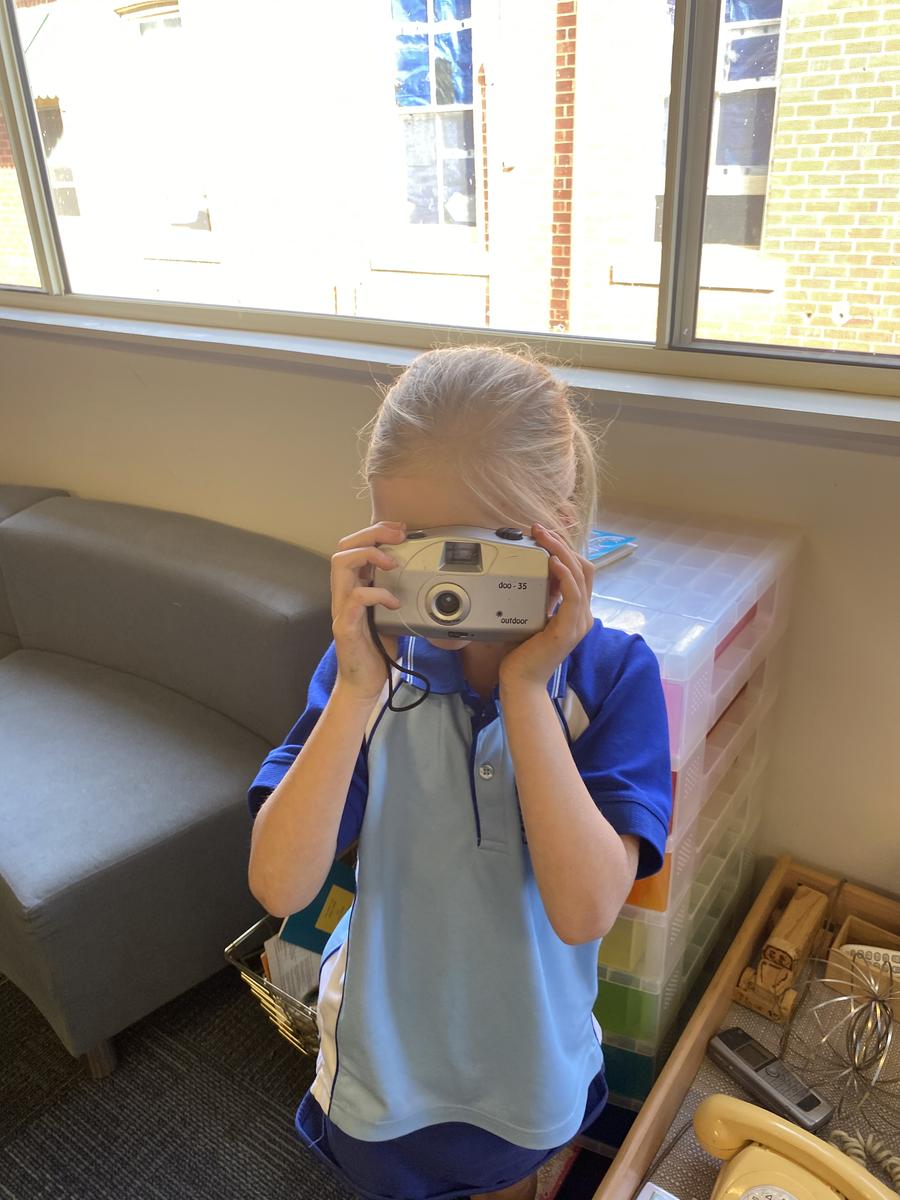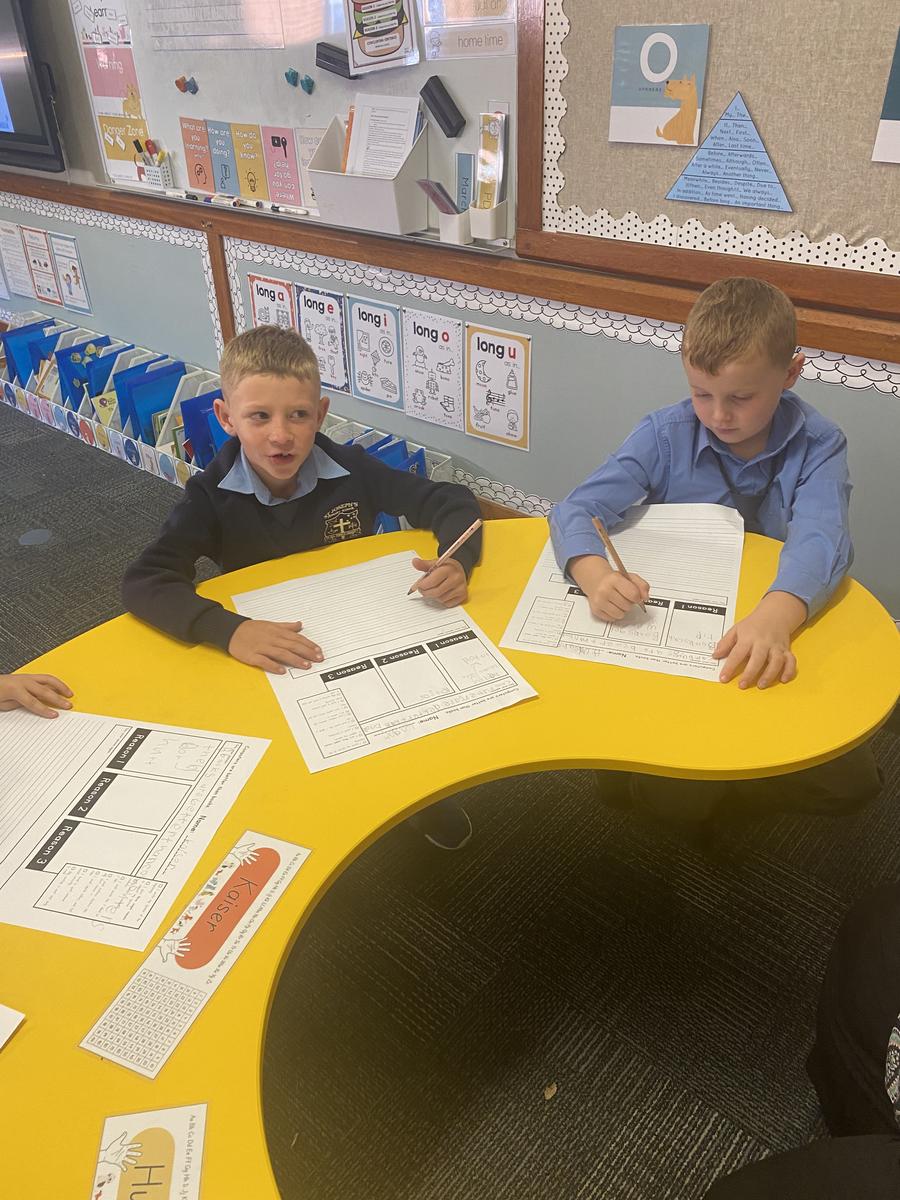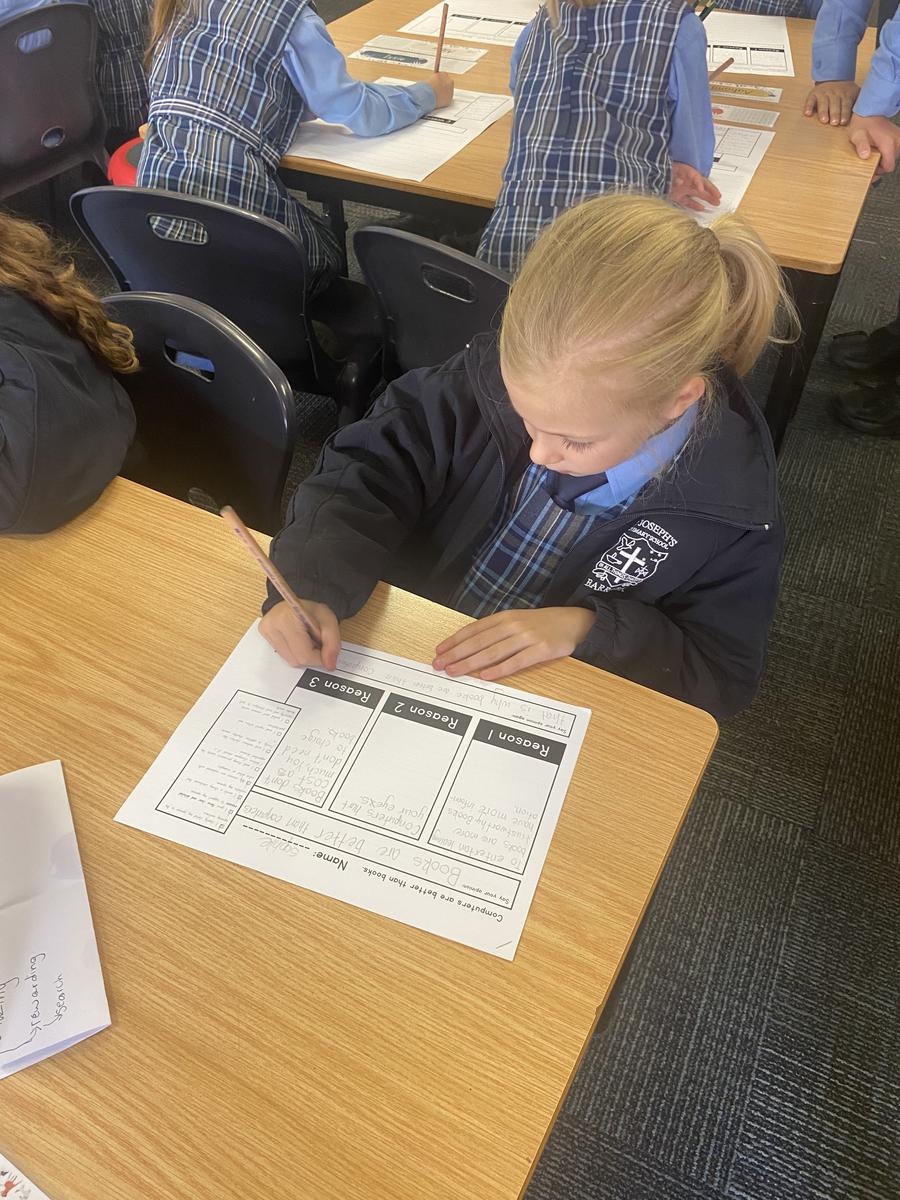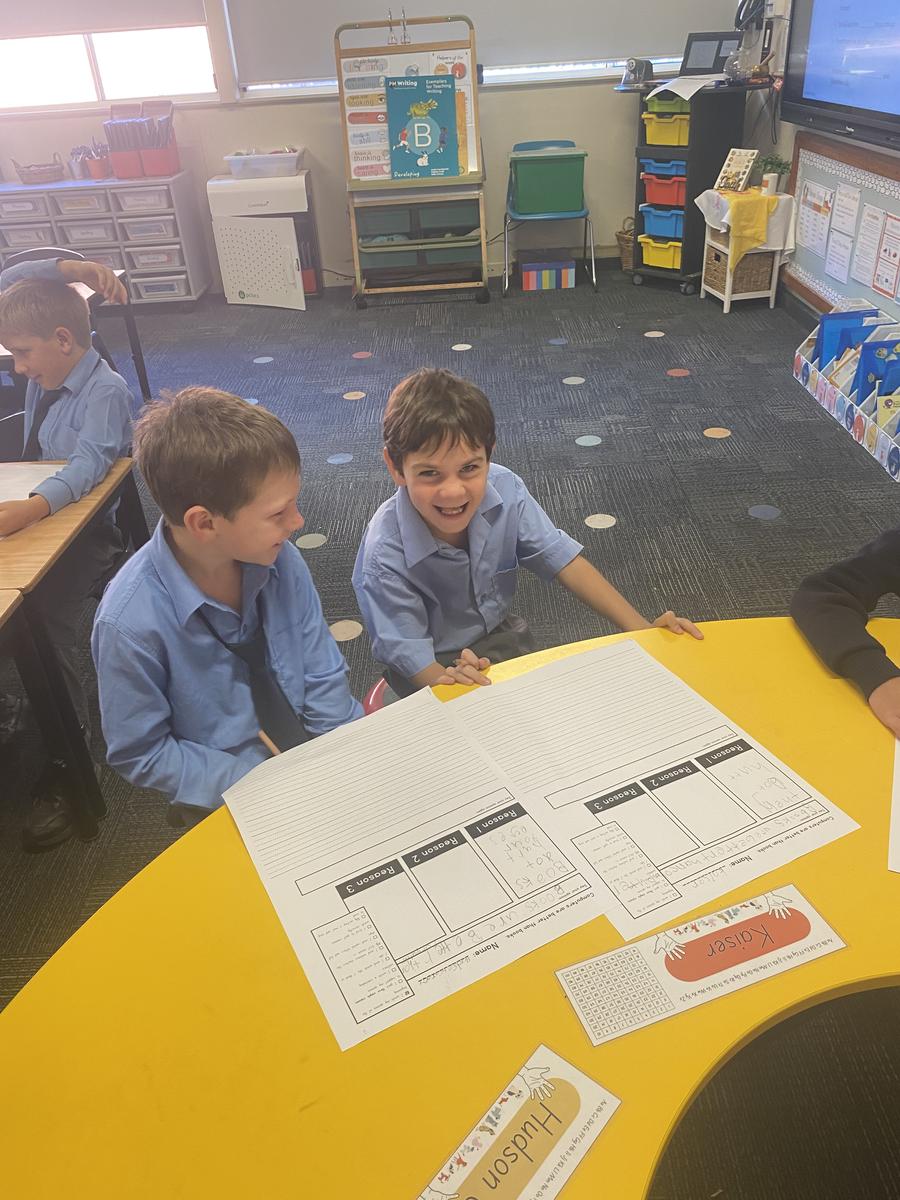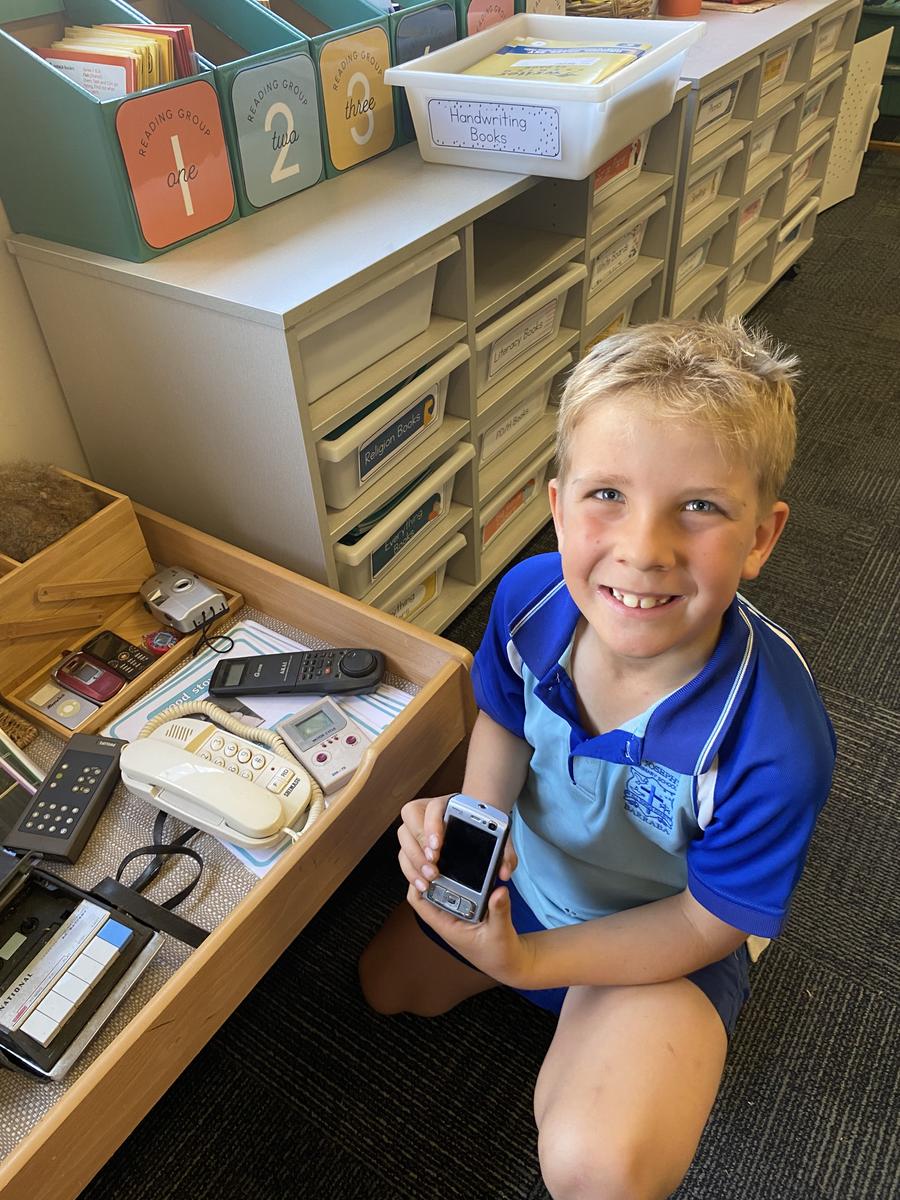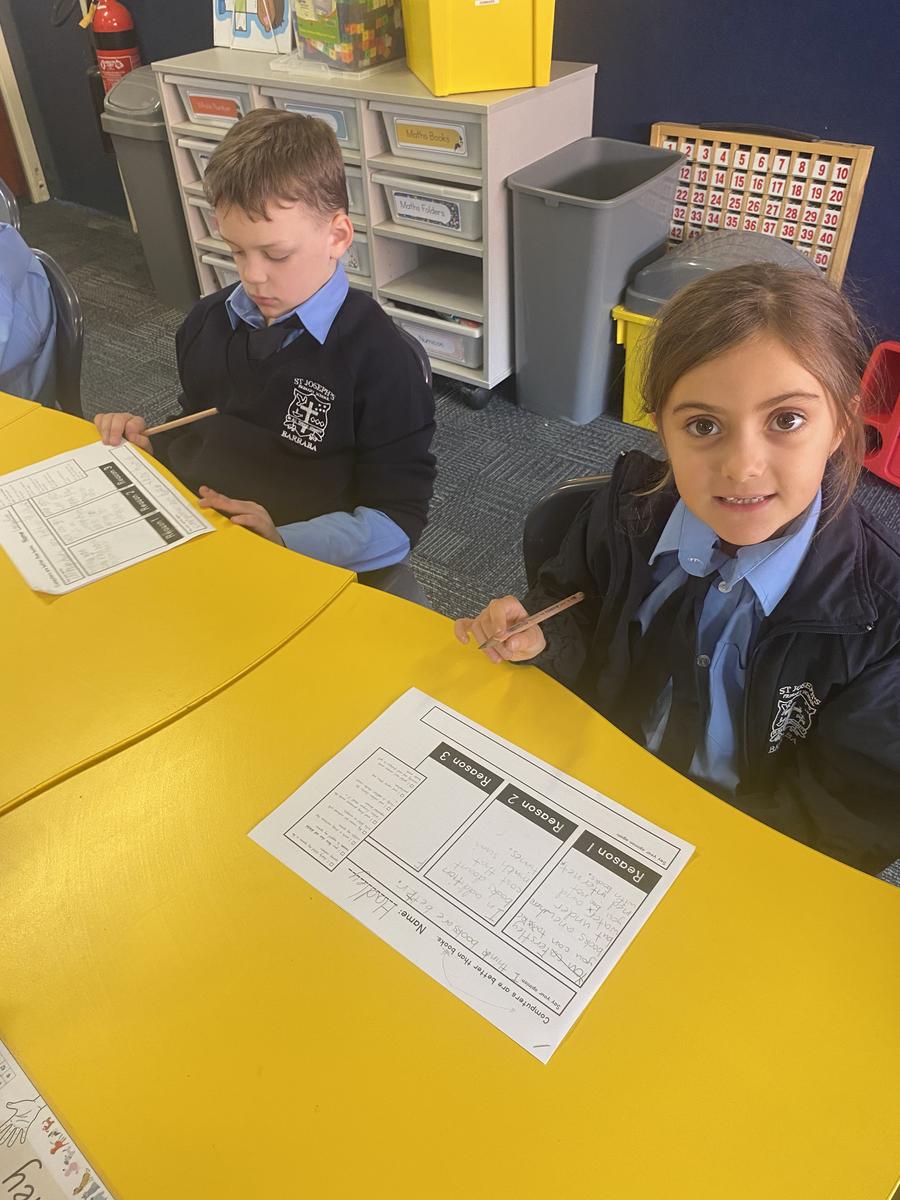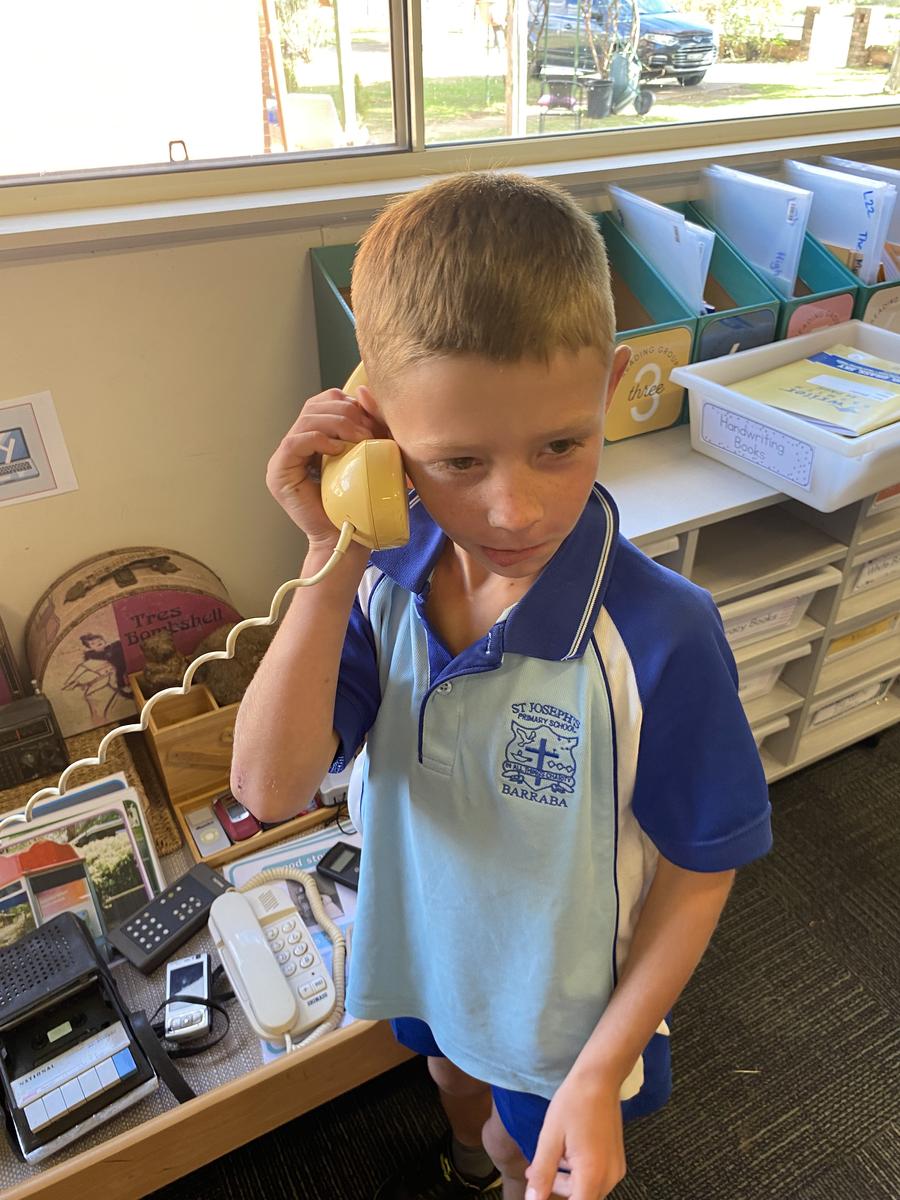Learning News 1/2
Mrs Amy Phillips

Learning News 1/2
Mrs Amy Phillips
Welcome to Term 2!
We’ve had a fantastic start to Term 2 and have launched into new topics across most Key Learning Areas.
In Science, we are learning all about sound—how it is made, how it travels, and how we hear it. This links beautifully with our focus in Creative Arts, where we are exploring music through listening, creating, and performing.
In History, we are looking at how technology has changed over time. Students are enjoying learning about items from the past and comparing them to the technology we use today.
It’s been wonderful to see how well our classroom routines and structures are now embedded. The students settle quickly and confidently into lessons, which helps us make the most of our learning time each day.
Photos of kids at the play table to come.
Writing
This term in writing, we are learning about persuasive writing. Students are exploring how to express their opinions clearly and back them up with strong reasons. We are focusing on the structure of a persuasive text, which includes:
We’re also learning how to use strong, convincing language and sentence starters like I believe, One reason is, and In conclusion.
Big Write Photos to come.
Term 2 News Topics
Term 2 news topics have been sent home in students' blue folders. These topics all relate to our focus on persuasive speaking and writing this term.
If you haven’t received your copy or need a replacement, please let me know and I’ll be happy to send another one home.
Thank you for supporting your child’s speaking and writing development!
Mathematics
This term in Mathematics, we’ve started by focusing on combining quantities (addition). Students are learning different strategies to add numbers with confidence and flexibility.
Here are some simple ways you can support your child at home:
Practise doubles to 10
Help your child quickly recall doubles like 1 + 1, 2 + 2, all the way to 10 + 10. You can use dominoes or playing cards to make it fun! Once they’re confident, try doubling numbers beyond 10.
Talk about everyday numbers
Look for numbers around you—like phone numbers, postcodes, or bus numbers—and talk about what they mean. These are great for recognising numbers that don’t always relate to place value.
Play with ‘friends of 10’
Help your child learn number bonds that add to 10 (like 4 + 6, 7 + 3). Practise turning these into subtraction too (10 - 4 = 6). These bonds are very helpful for both addition and subtraction.
Make tens to add more easily
Show your child how to break numbers apart to make a friendly 10. For example, with 26 + 8, take 4 from the 8 to make 30 + 4—much easier to solve!
Use doubles to solve near-doubles
For example, 8 + 9 is just double 8 (which is 16), plus 1 more—making 17.
